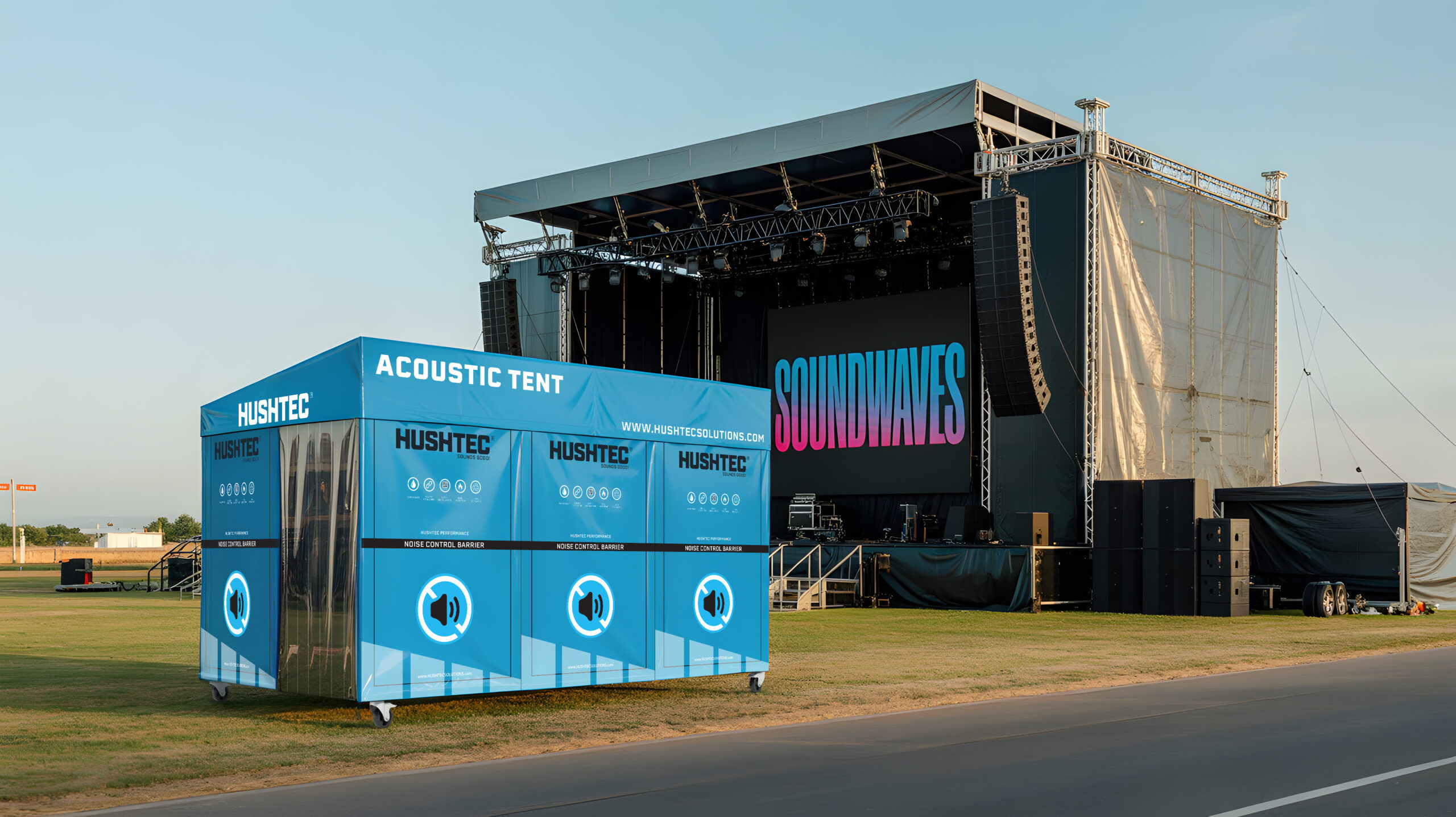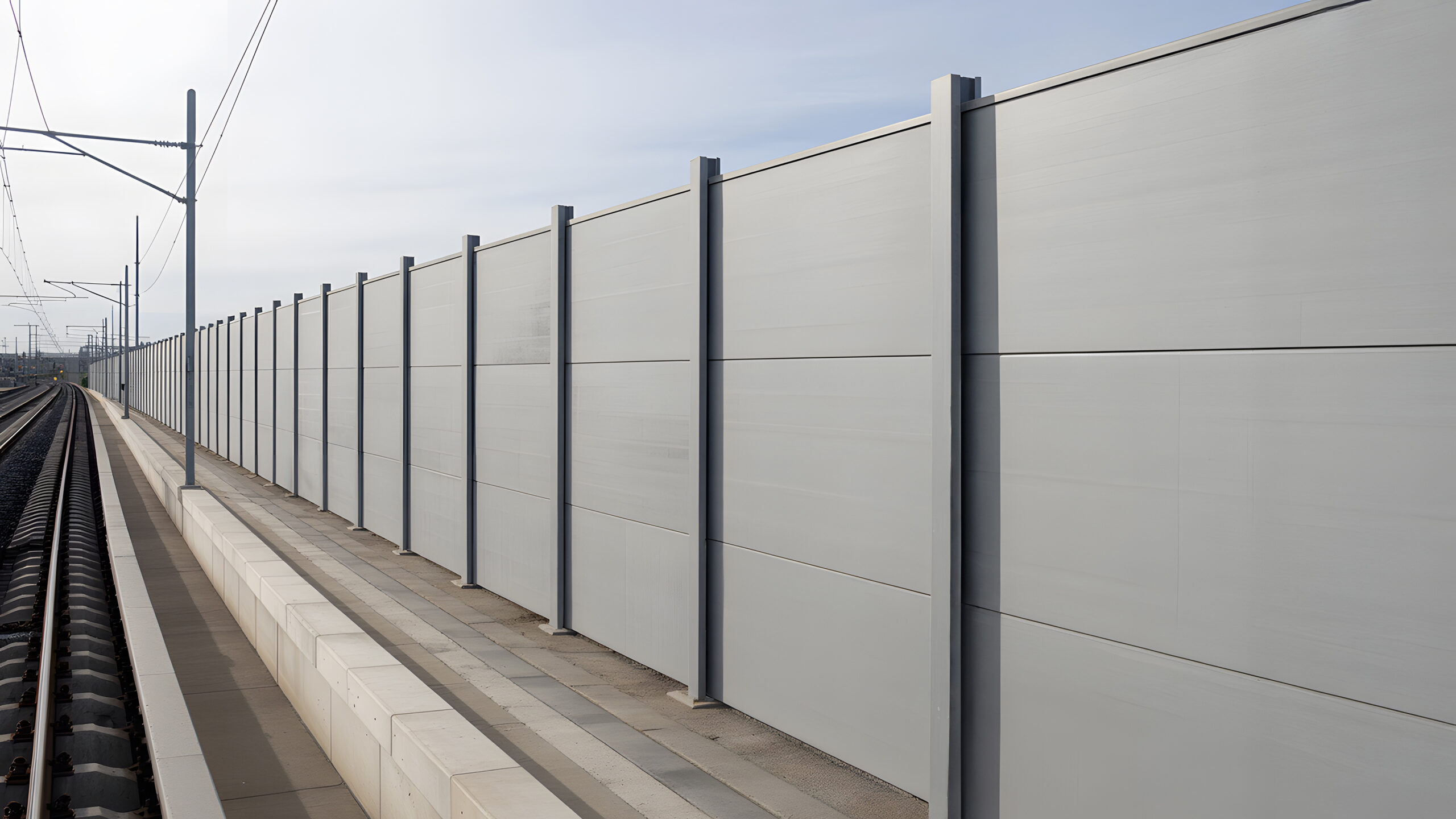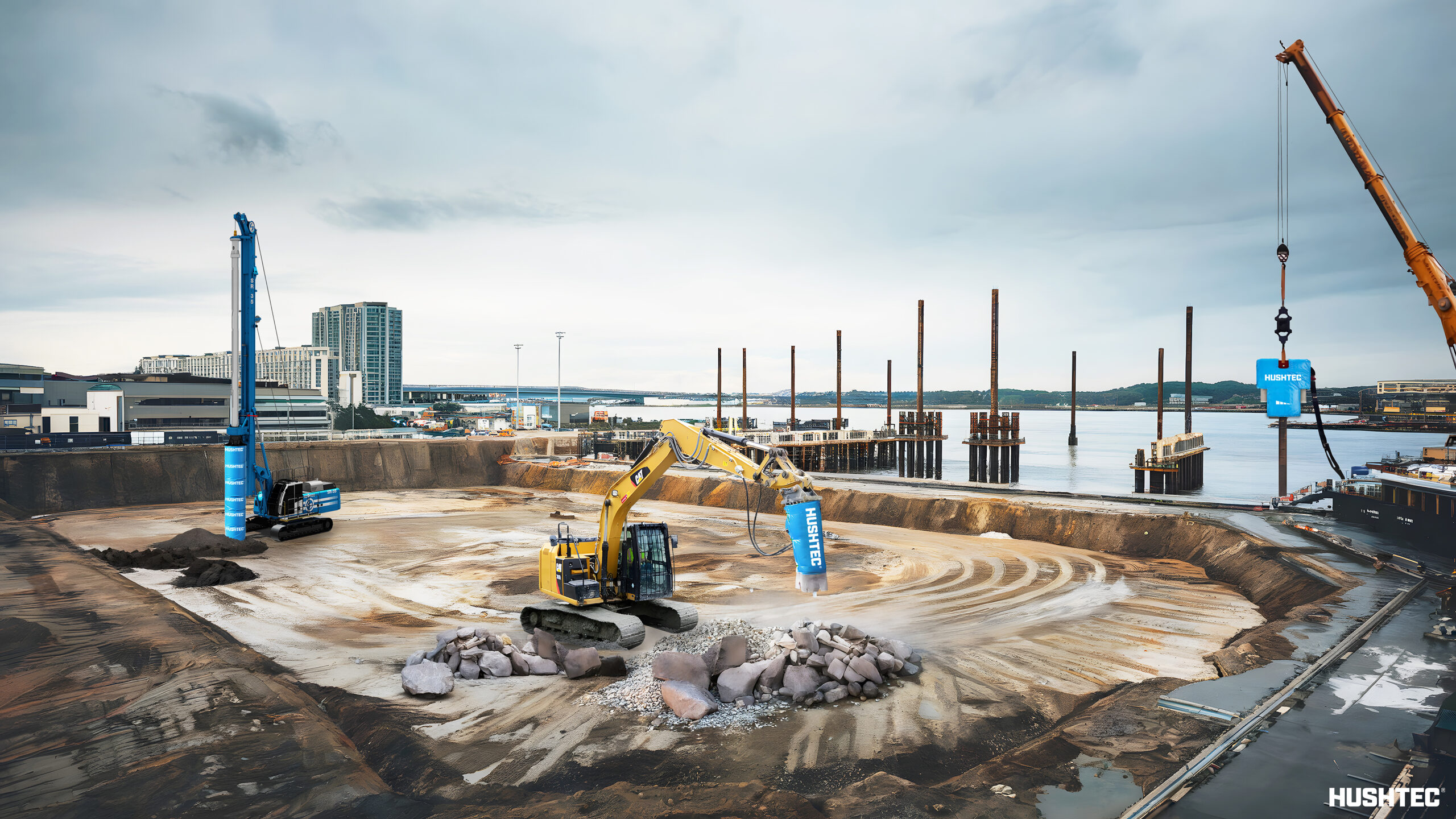
Effective Management of Noise, Dust, and Debris in Demolition Projects

Demolition projects are inherently complex, involving the dismantling of structures and the handling of potentially hazardous materials. Among the most common challenges faced at demolition sites are noise, dust, and debris.
Effective management of these issues is crucial not only for the safety and health of workers but also for minimizing the environmental impact and ensuring compliance with regulatory standards. This blog post delves into each of these challenges and offers practical solutions that align with industry regulations.
Understanding the Challenge of Noise in Demolition
The Impact of Noise
Noise pollution is a significant concern at demolition sites, affecting workers’ health and the surrounding community’s well-being. Continuous exposure to high noise levels can lead to hearing loss, stress, and reduced concentration.
Solutions for Noise Control in Demolition
Implementing effective noise control measures is essential for ensuring compliance with occupational safety standards and community regulations:
- Use of Noise Barriers: Erect temporary noise barriers or acoustic screens around the demolition site to absorb and deflect sound waves.
- Equipment Maintenance: Regularly maintain machinery to ensure it operates efficiently and with minimal noise. Upgrading to newer, quieter models can significantly reduce noise levels.
- Scheduling: Plan noisy activities during daytime hours when they are less likely to disturb the surrounding community.
- Personal Protective Equipment (PPE): Provide workers with hearing protection such as earplugs or earmuffs to minimize the risk of hearing damage.
- Compliance References: Adhere to guidelines set by the Occupational Safety and Health Administration (OSHA) and local noise ordinances to ensure legal compliance.
Tackling Dust Generation at Demolition Sites
The Problem with Dust
Dust poses serious health risks, including respiratory issues and skin irritation, and can affect air quality in the surrounding environment. It is crucial to implement effective dust control measures to protect workers and nearby residents.
Dust Mitigation Strategies
To manage dust effectively, consider the following strategies:
- Water Sprays: Use water sprays or misting systems to suppress dust at its source. This is one of the most effective methods for controlling airborne particles.
- Dust Suppressants: Apply chemical dust suppressants that can bind dust particles together, reducing their ability to become airborne.
- Enclosed Demolition Techniques: When possible, use enclosed demolition methods that contain dust within controlled areas.
- Regular Monitoring: Conduct regular air quality monitoring to assess dust levels and adjust control measures as necessary.
- Compliance References: Follow guidelines from the Environmental Protection Agency (EPA) and local air quality regulations to ensure compliance.
Managing Debris at Demolition Sites
The Hazards of Debris
Debris management is critical for safety and environmental protection. Uncontrolled debris can lead to accidents, environmental contamination, and regulatory breaches.
Effective Debris Management Compliance
Implementing a robust debris management plan can mitigate these risks:
- Segregation and Sorting: Sort debris at the source to separate recyclable materials from hazardous waste, reducing disposal costs and environmental impact.
- Safe Disposal Practices: Use designated waste disposal facilities and ensure that hazardous materials are handled and disposed of according to legal requirements.
- On-site Waste Containers: Provide adequate containers for different types of waste to prevent cross-contamination and ease of transport.
- Regular Site Clean-up: Schedule regular clean-up operations to maintain a tidy site and reduce the risk of accidents.
- Compliance References: Ensure compliance with local building codes and waste management regulations to avoid legal penalties.
Comprehensive Solutions for Noise, Dust, and Debris Control by Hushtec
1. Acoustic Barriers
Hushtec’s Acoustic Barriers are designed to absorb and deflect sound waves, significantly reducing noise levels emanating from construction sites.
- Features:
- Made from high-density materials that provide excellent sound attenuation.
- Easy to install and move as the construction site evolves.
- Weather-resistant and durable for long-term use.
- Benefits:
- Reduce noise pollution at its source, protecting workers and nearby residents.
- Comply with local noise regulations to avoid legal issues.
- Enhance community relations by minimizing disturbance.
2. Acoustic Curtains
Hushtec’s Acoustic Curtains are flexible and versatile, perfect for wrapping around noisy equipment or enclosing specific work areas.
- Features:
- Lightweight and easy to maneuver.
- Can be customized to fit various equipment sizes and shapes.
- Provide up to 20 dB noise reduction.
- Benefits:
- Allow for targeted noise control, focusing on the most problematic sources.
- Increase worker productivity by reducing background noise levels.
- Offer a quick and temporary solution for dynamic construction environments.
3. Temporary Acoustic Enclosures
For projects requiring more comprehensive noise control, Hushtec’s Temporary Acoustic Enclosures offer a robust solution.
- Features:
- Modular design allows for easy assembly and disassembly.
- Constructed with high-performance acoustic panels for maximum noise reduction.
- Suitable for enclosing entire work areas or specific machinery.
- Benefits:
- Create a quieter and safer work environment.
- Minimize noise impact on surrounding areas, particularly in densely populated urban settings.
- Help comply with stringent noise regulations during extended construction phases.
Implementing Hushtec Solutions
To effectively integrate Hushtec’s noise control solutions into your construction project:
- Conduct Noise Assessments: Identify the most significant noise sources and determine the appropriate Hushtec solutions.
- Plan Installation: Coordinate with project schedules to install barriers, curtains, or enclosures effectively.
- Monitor and Adjust: Regularly assess noise levels and adjust the placement of acoustic solutions to ensure optimal performance.
Conclusion
Effective management of noise, dust, and debris is essential for the success of demolition projects. By implementing these strategies, construction professionals and project managers can enhance safety, protect the environment, and ensure compliance with regulatory standards. Adhering to best practices not only mitigates potential risks but also fosters a sustainable approach to demolition site management. Prioritizing these aspects helps in maintaining a positive relationship with the community and upholding the integrity of the construction industry.










